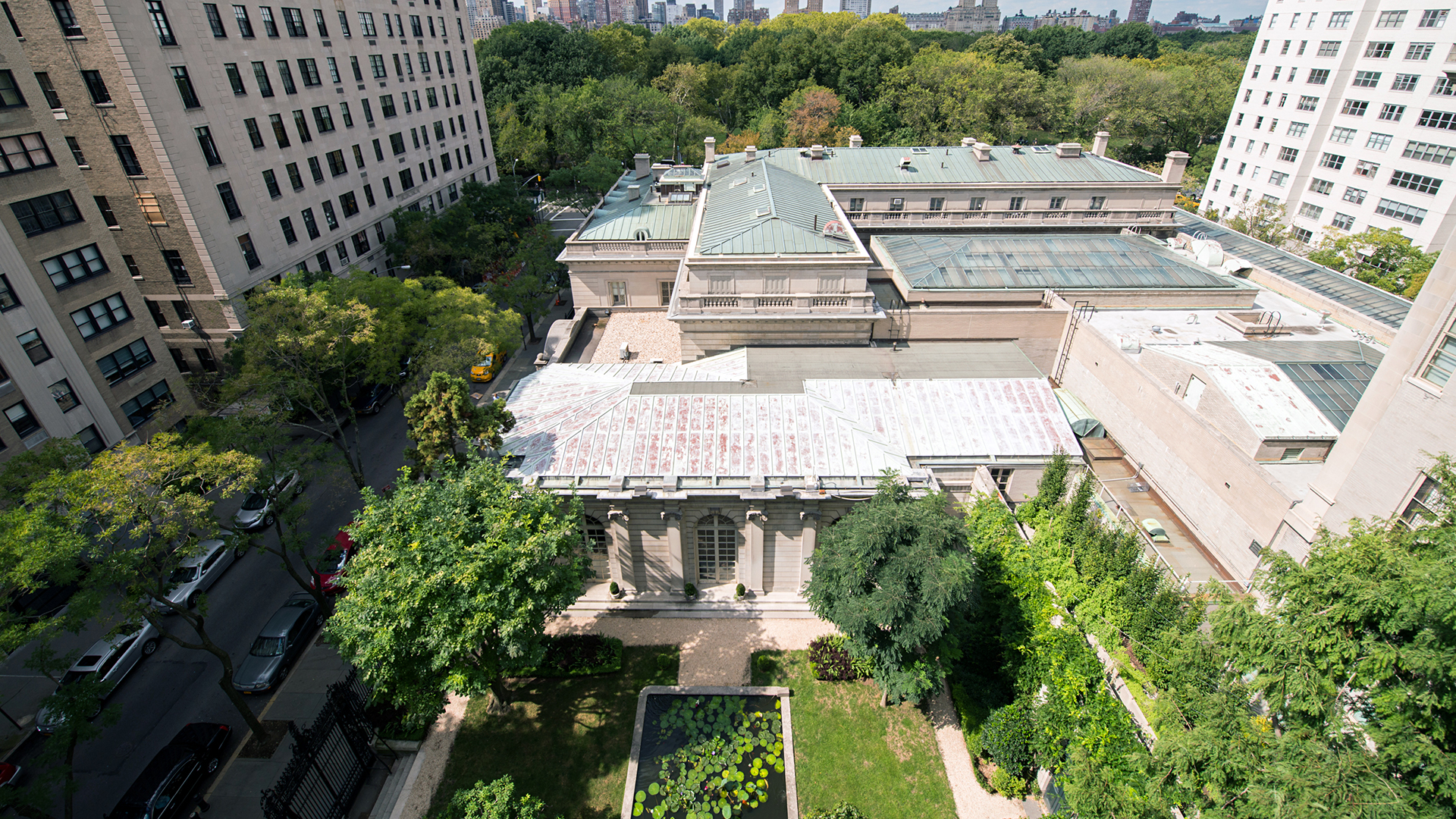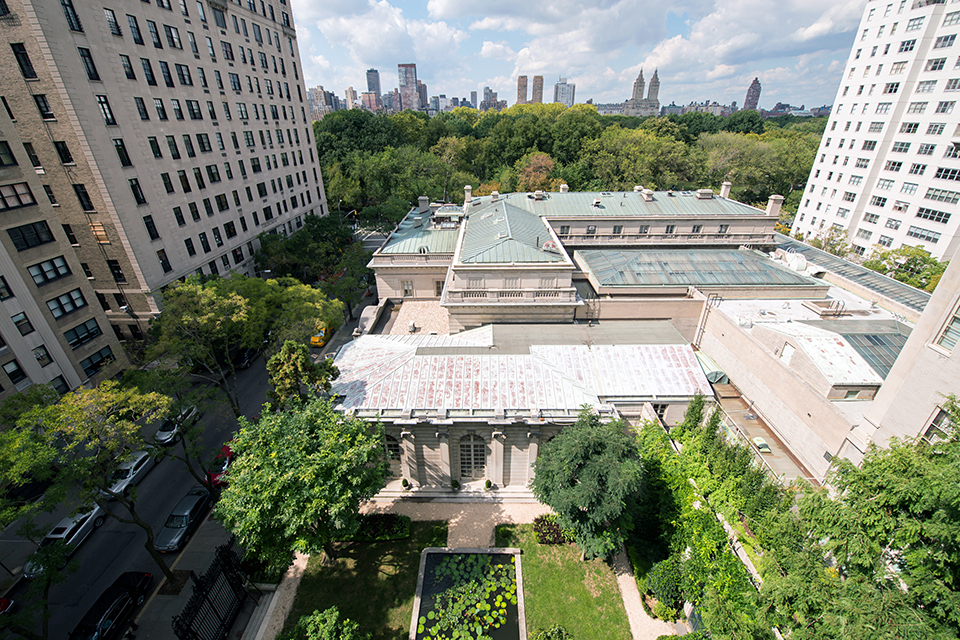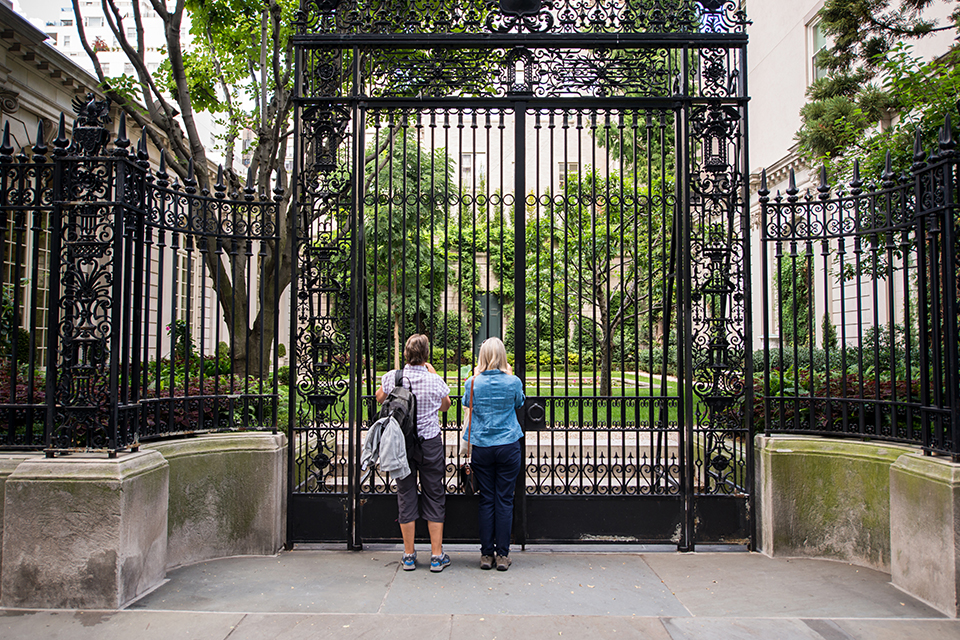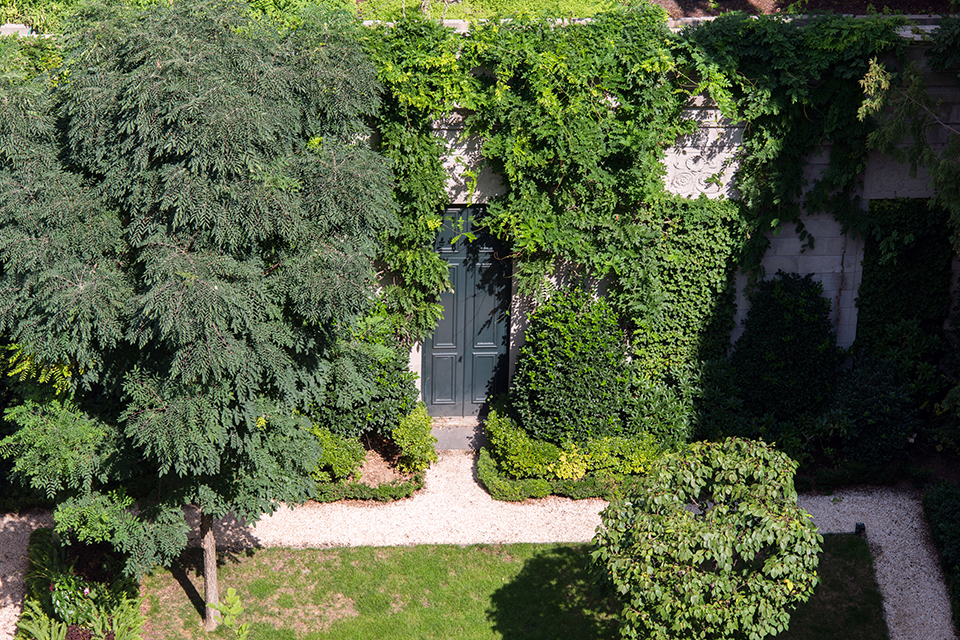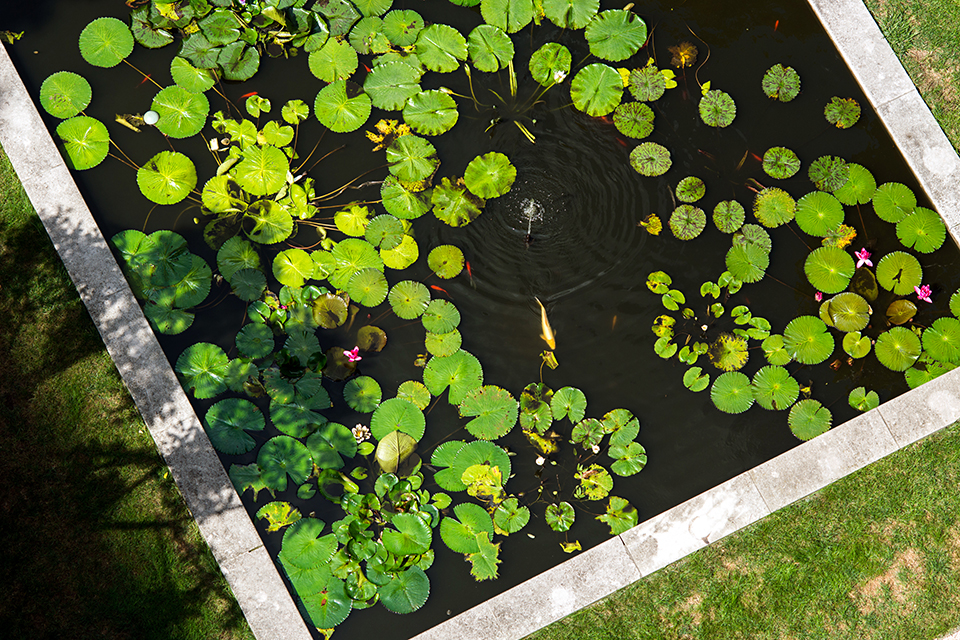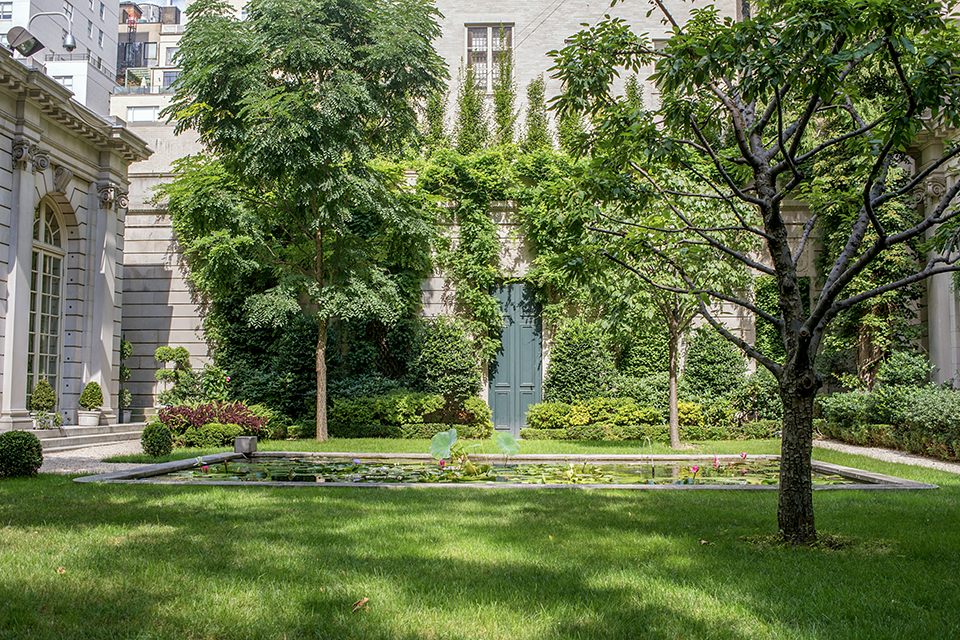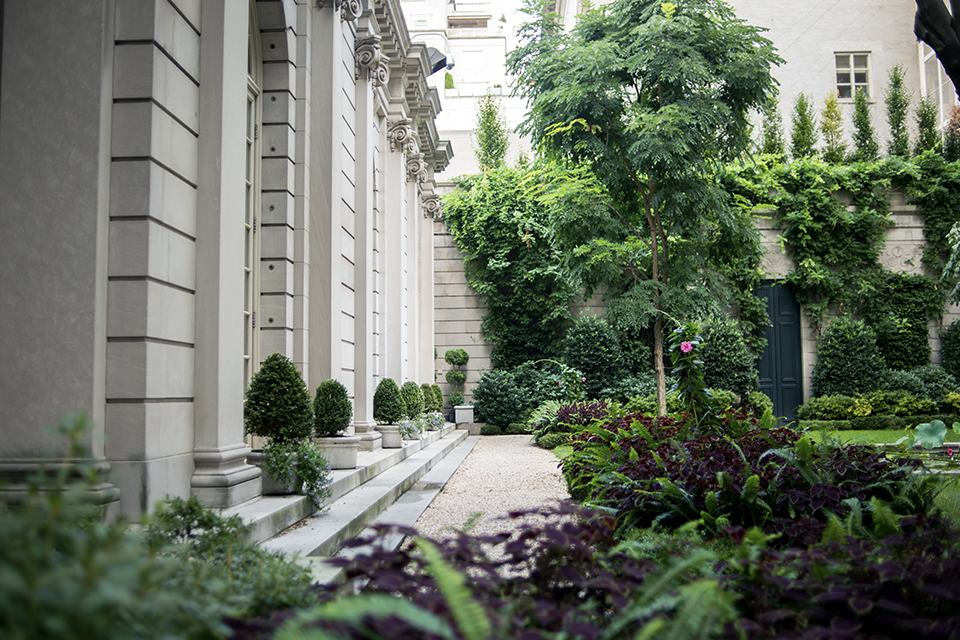Situated on Fifth Avenue between 70th and 71st Streets adjacent to Central Park and designed by architects Carrère and Hastings, this mansion home was built in 1914 for industrialist Henry Clay Frick, who died five years later. Frick’s trustees transformed the house into a museum, which opened in 1935. To accommodate the growing collection, architect John Russell Pope enlarged the building and transformed the existing carriage pavilion into the Garden Court, an enclosed 4,400-square-foot hall with a central fountain flanked by symmetrical planting beds and Ionic columns. At that time, Frederick Law Olmsted, Jr., of Olmsted Brothers, was commissioned to design the elevated Fifth Avenue Garden with an open lawn, neoclassical urns, and three specimen magnolias set against the structure’s limestone façade. The Frick Collection was listed in the National Register of Historic Places and designated a National Historic Landmark in 2008.
Background
In a void created by the demolition in 1972 of an adjacent town house, the renowned postwar British landscape architect Russell Page (1906-1985) created a small garden on East 70th Street, meant to be viewed from the museum’s windows and the sidewalk, rather than visited. According to Nancy Berner and Susan Lowry's Garden Guide: New York City (W. W. Norton & Company, 2010), the Frick’s viewing garden "is one of a number of public projects the English designer undertook at the end of his life, hoping to preserve his reputation for posterity." Opened five years later, the 3,700-square-foot raised garden is organized around a rectangular pool that occupies a third of the space and contains water lilies and lotus flowers.
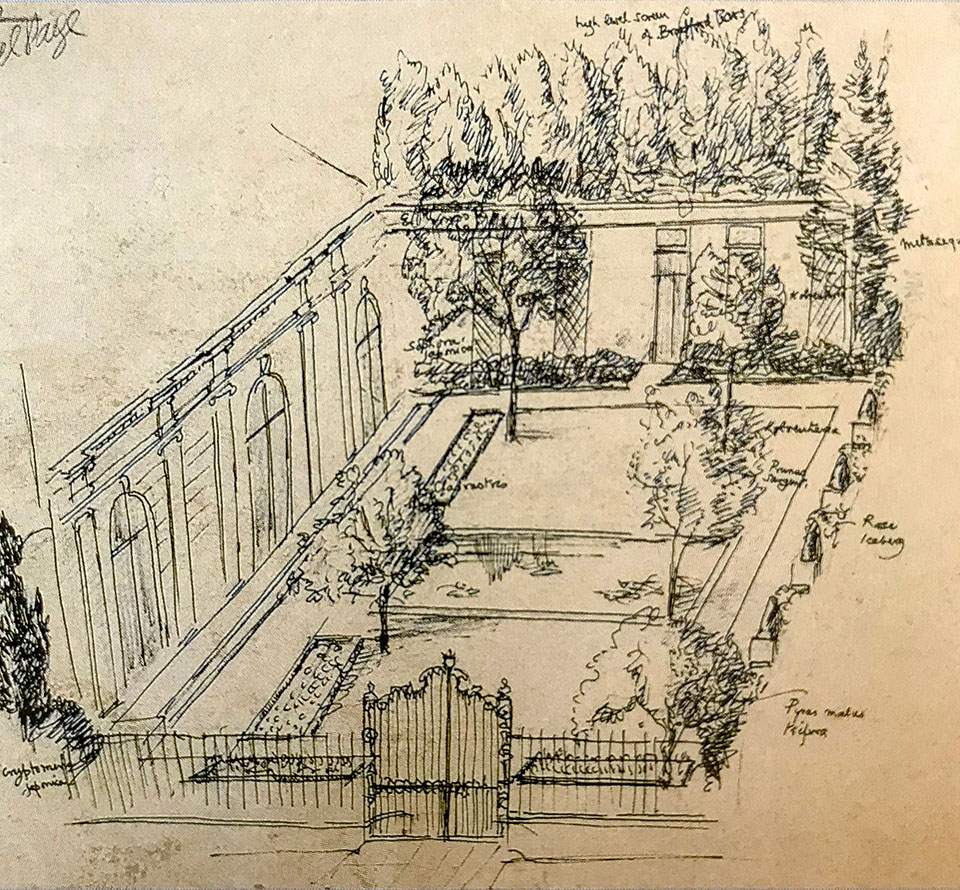 Drawing of Frick Collection Garden, New York, NY, 1976/1977. Image by Russell Page, courtesy Laurie Olin.
Drawing of Frick Collection Garden, New York, NY, 1976/1977. Image by Russell Page, courtesy Laurie Olin.
To provide an illusion of depth and to disguise neighboring buildings, Page installed towering pear trees in planters behind the north wall. Trellised panels ornamented with wisteria, clematis, quince, and climbing roses soften the arched recesses of the limestone walls flanking the garden. Sited in an asymmetrical arrangement, four distinct flowering trees interrupt the geometric layout. Roses and an ever-changing assortment of groundcover and flowering plants complete the garden’s planting palette. The New York Times called it one of “Mr. Page’s most important works” and it is his only realized public project in New York City. Nevertheless, in June 2014, the museum announced plans for an expansion designed by Davis Body Bond that would result in the garden’s demolition.
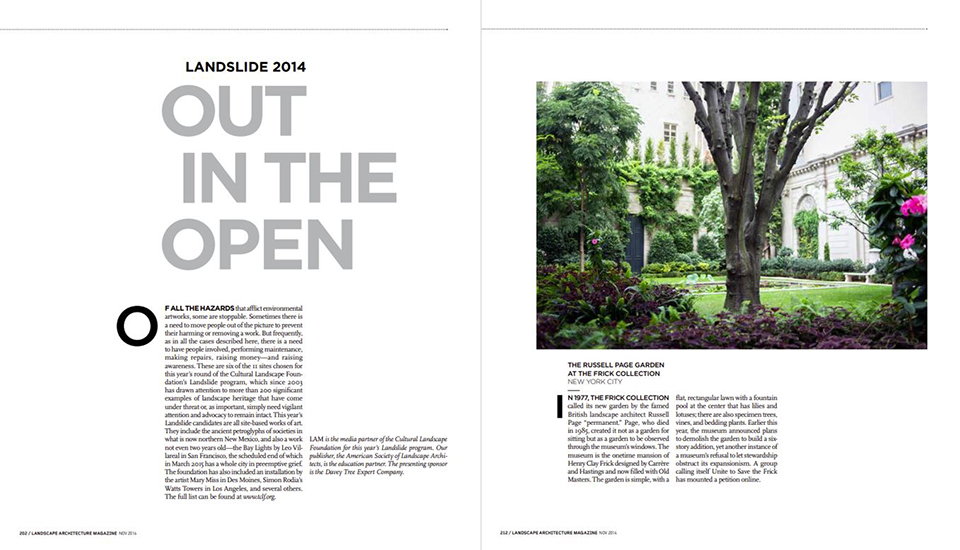
Double page spread featuring Art and the Landscape, Landscape Architecture Magazine, 2014.
Advocacy and Engagement
Local opposition focused on the scale of the addition and maintaining the museum’s residential scale. However, as TCLF’S Charles A. Birnbaum wrote in a June 30, 2014, article for the Huffington Post, absent from nearly all of the media coverage was mention of Page and any consideration that the garden was a work of art that the museum had commissioned and was worthy of the same curatorial approach afforded its architecture and collection. Indeed, a month later the New York Times art critic Michael Kimmelman, in a scathing review of the proposed addition, wrote: “Great public places and works of landscape architecture deserve to be treated like great buildings.”
Museum officials said a roof garden would be created as part of the expansion and claimed the Page garden was meant to be temporary and that the space was always intended for an addition. However, in a subsequent Huffington Post article on August 26, 2014, Birnbaum published language from the museum’s own 1977 press release that calls the garden “permanent.”
TCLF shifted the debate about the expansion of the museum from one of building mass and scale to instead focus on the loss of the Page garden. TCLF had an excellent collaborator in a local organization, Unite to Save the Frick, which created an online petition that garnered signatures from leaders in the art and design community. Blow back against the proposed demolition received extensive and sustained coverage in the New York Times, Wall Street Journal, Associated Press, Bloomberg, ArtNet News, Artforum, HyperAllergic, ArchDaily, ArtObserved, TreeHugger, Real Deal, World Architecture, Curbed, World Landscape Architecture, and many, many others.
The garden was enrolled in TCLF’s 2014 Landslide program, Art and the Landscape. In June 2015, the Frick relented and shelved their original expansion plans. In a statement, museum director Ian Wardropper said: “the Board of Trustees has decided to approach the expansion plan in a way that avoids building on the garden site.” In October 2016 the Frick announced that Selldorf Architects was commissioned to design the expansion and on April 4, 2018, stating that the “[e]steemed garden designer and preservationist Lynden B. Miller will work with the Frick to restore the 70th Street Garden in keeping with the vision of its creator Russell Page.” An update in September 2020 noted that preservation of the garden had begun and detailed the project team, the work being done, and even the relocation of the koi to a “temporary tank in the Fifth Avenue Garden.”
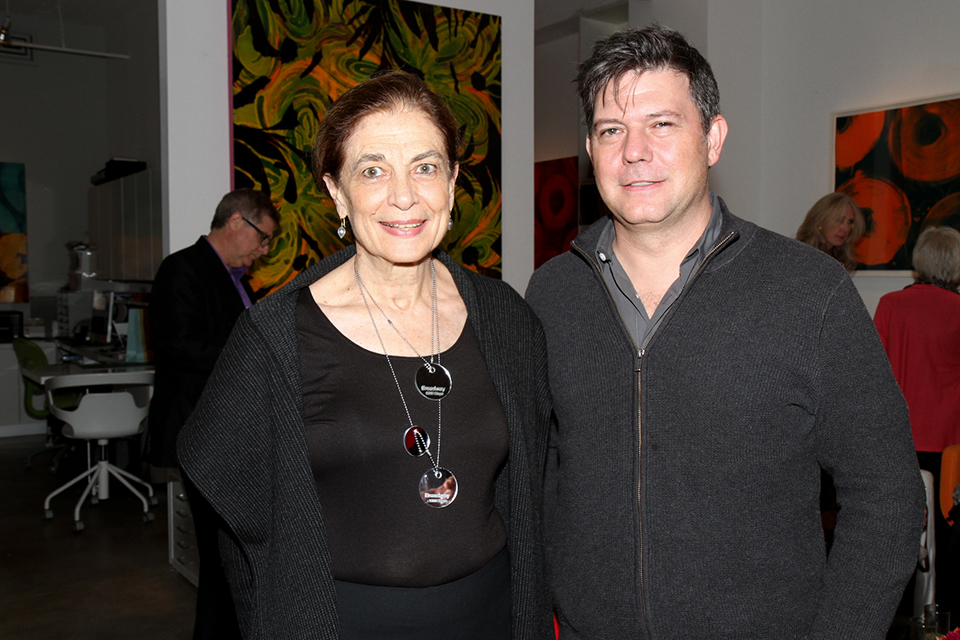 Artists Mary Miss (left) and Leo Villareal (right) attend Landslide 2014: Art and the Landscape launch reception at the studio of artist Marylyn Dintenfass, New York, N.Y., 2014. Photo courtesy The Cultural Landscape Foundation.
Artists Mary Miss (left) and Leo Villareal (right) attend Landslide 2014: Art and the Landscape launch reception at the studio of artist Marylyn Dintenfass, New York, N.Y., 2014. Photo courtesy The Cultural Landscape Foundation.
While the expansion is under construction, the Frick’s collection of art is temporarily on display at the former Whitney Museum of American Art building on Madison Avenue. The expanded Frick Collection and the Russell Page-designed viewing garden are slated to reopen in late 2024.
Selected Resources
“That ‘Temporary’ Frick Garden - It Was Created to Be Permanent,” August 26, 2014
“A Framework for Moving Forward at the Frick,” May 17, 2018
“Laurie Olin Weighs In on Frick Expansion Plans,” May 21, 2018
“The Future of the Frick’s Page Garden Remains Tenuous,” June 18, 2018
“Latest Frick Plan Makes Progress but Still Falls Short,” June 25, 2018
“Mac K. Griswold Appeals to Save the Frick’s Page Garden,” June 25, 2018
“Landmarks Preservation Commission Approves Frick Expansion,” July 2, 2018
Selected Media Coverage
“The Case Against a Mammoth Frick Collection Addition,” Michael Kimmelman, The New York Times, July 30, 2014 “Frick’s Plan for Expansion Faces Fight Over Loss of Garden,” Robin Pogrebin, The New York Times, November 9, 2014 “The Frick Will Keep Garden as it Moves Forward with Long-Delayed Expansion Plans,” Sarah Cascone, ArtNet News, March 25, 2016 “Frick Collection Keeps its Russell Page Garden,” Mitchell Owens, Architectural Digest, May 31, 2015 “Frick Collection to Redo Expansion Plan,” Jennifer Smith, The Wall Street Journal, June 4, 2015 “Foes of Scrapped Frick Expansion Float Alternate Plan,” Jennifer Smith, The Wall Street Journal, July 23, 2015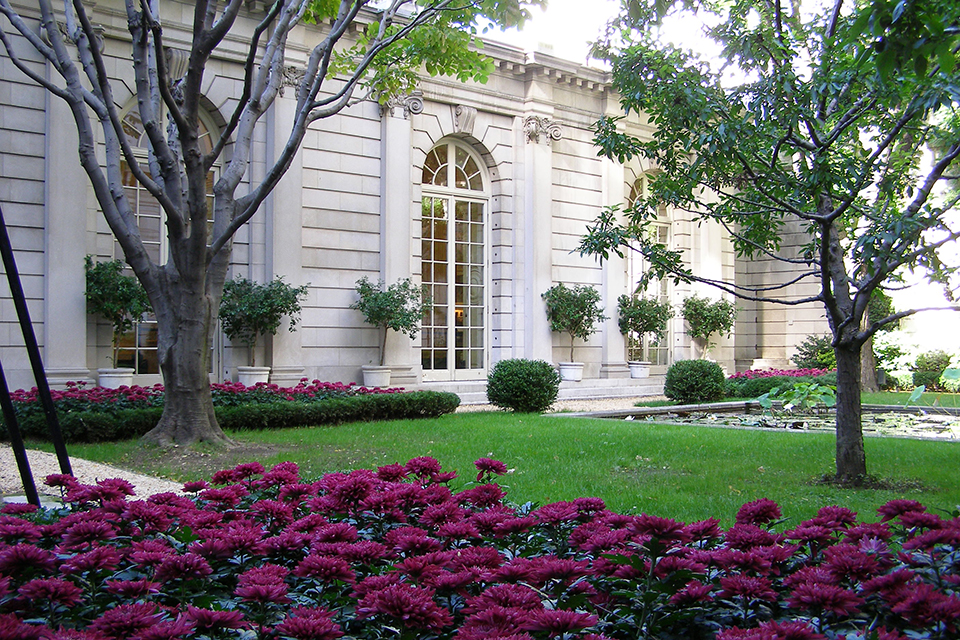
-
The Frick Collection Russell Page Viewing Garden, New York, NY, 2006. Photo by Henkvander Eijk.
